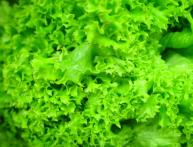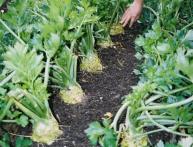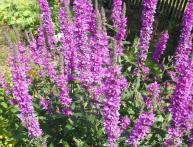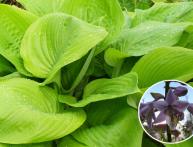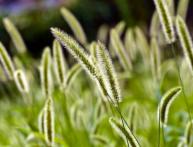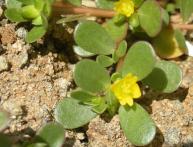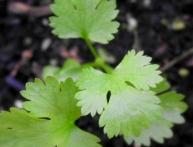How to grow ornamental onions
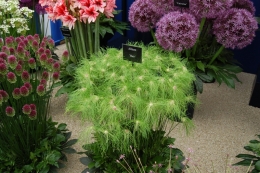
When most people hear the word “onion,” they think of the well-known bitter vegetable or, at most, a bunch of green feathers. Meanwhile, the genus of onion (Allium L.) includes approximately 600 species of plants and most of them are decorative bow.
Due to their original shape, variety of colors and shapes of flowers, beautiful leaves and long flowering period, they are widely used in ornamental gardening. By keeping company exclusively with representatives of this family, you can create a garden that will bloom from the beginning of spring thaws to autumn frosts.
How to grow ornamental onions
When growing bulbs of the genus Allium in temperate climates, it is best to dig up the bulbs after the seeds ripen and the leaves dry out and plant them again in the fall. This is necessary because the homeland of ephemeroid bows is the mountains of Central Asia - an area with hot, dry summers and frequent thaws in winter. In their homeland, the bulbs of these species, after the end of the growing season, from the end of June until the autumn rains, are in a warm and dry environment. There is practically no precipitation there during this period. In our area, summer can be damp and cool, and the bulbs left in the ground begin to suffer from various diseases and may begin to rot. Therefore, it is best to dig them up, dry them and put them in a box in a dry, ventilated area until autumn. If the summer is dry, you don’t have to dig up the bulbs, but when they thicken, the onions become smaller and bloom worse.
In the fall, after a steady drop in temperature, the bulbs are planted again. The optimal soil temperature for rooting bulbs is 10 °C. The planting depth of decorative onions is determined taking into account the size of the bulbs: above its top there should be a layer of soil three times greater than the height of the bulb. Accordingly, if the bulbs are large, they are planted much deeper than smaller ones.

